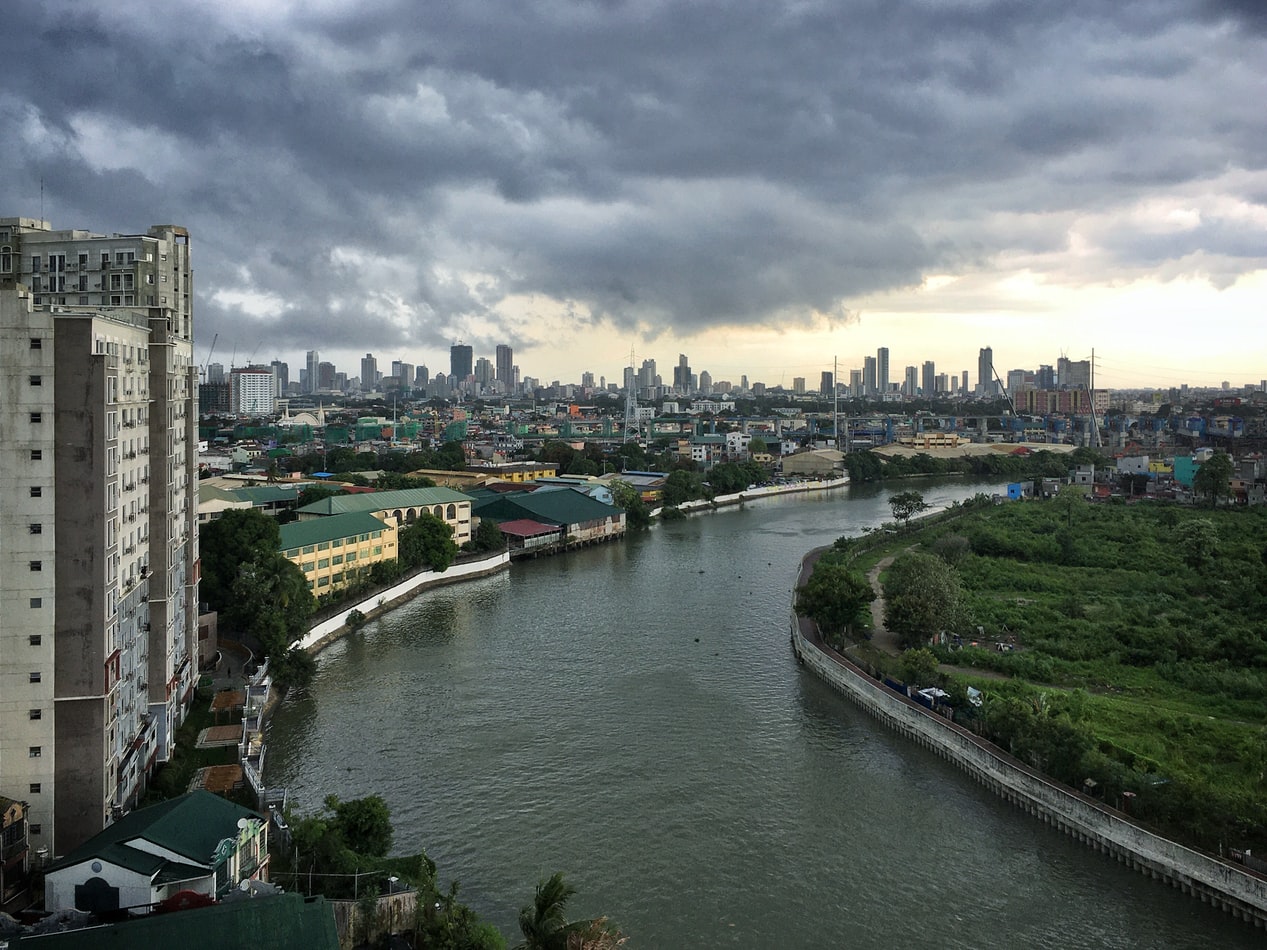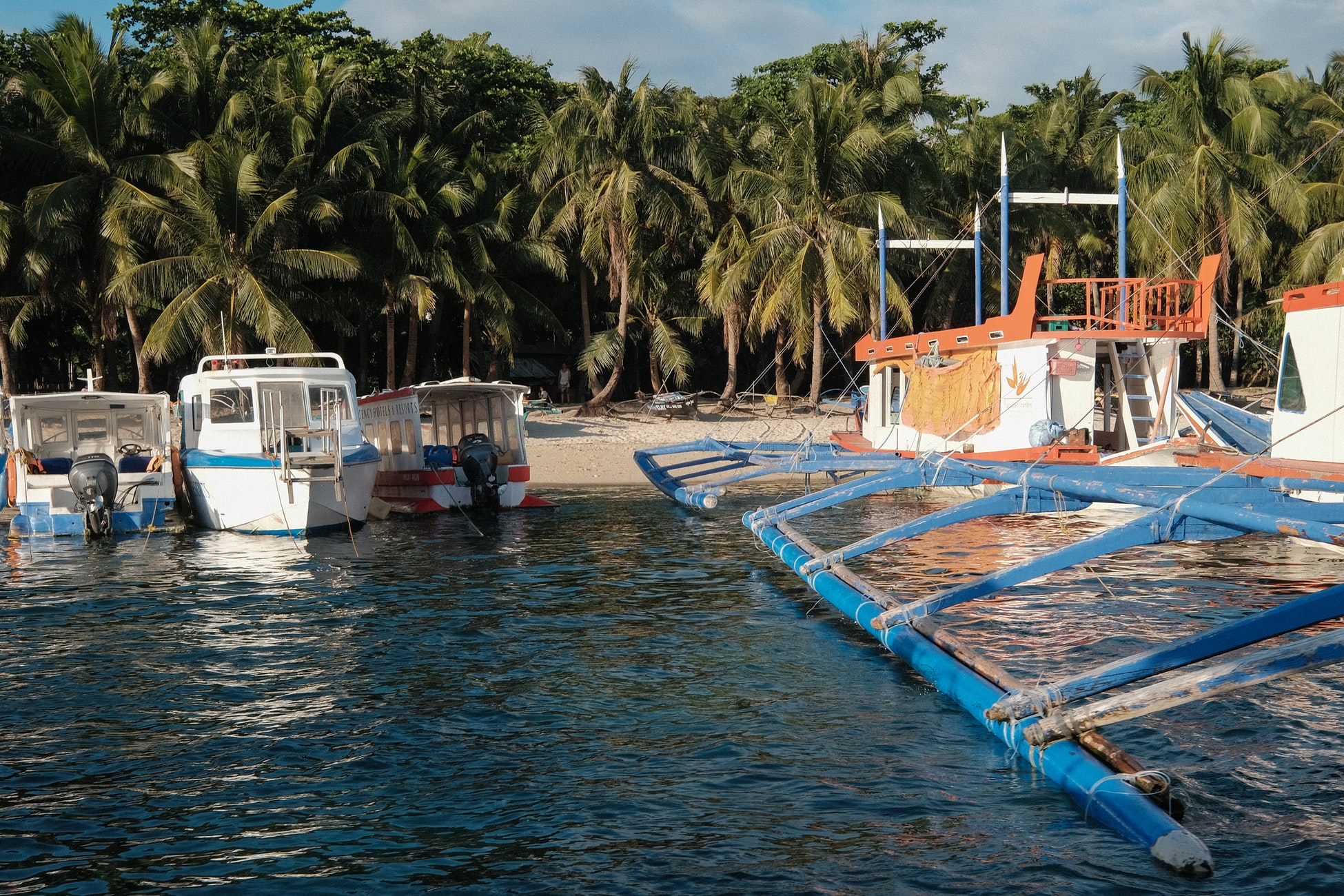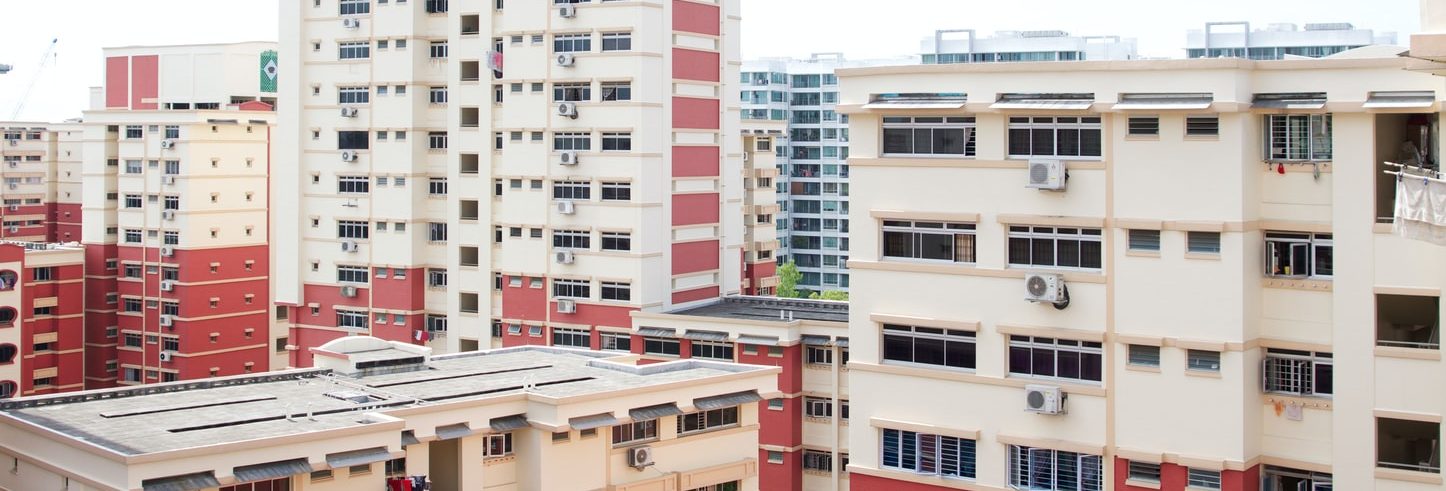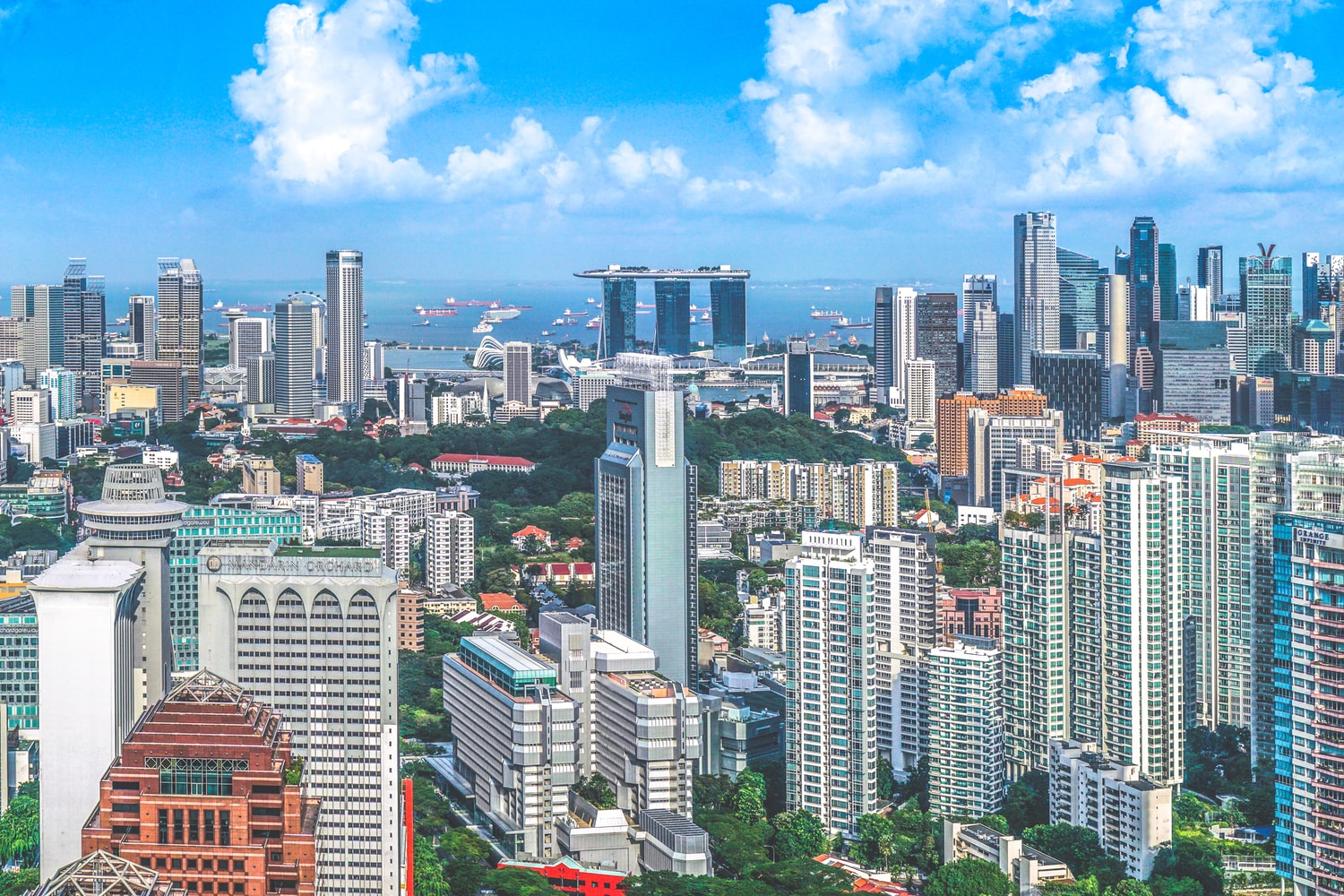“People quickly organised initiatives to move this food from rural areas to supply urban communities in lockdown. As part of the pandemic’s altered food systems, these new relationships may prove durable”, writes Dr Deirdre McKay, Reader in Social Geography and Environmental Politics at Keele University, Reader in Social Geography and Environmental Politics at Keele University
_______________________________________________
We have seen public responses to the COVID19 pandemic intensify mutual aid initiatives around the world. In the cities, facing food shortages, neighbours work together to help each other out with groceries and errands. In the countryside, as established markets collapsed, crops began to rot in the fields. People quickly organised initiatives to move this food from rural areas to supply urban communities in lockdown. As part of the pandemic’s altered food systems, these new relationships may prove durable. To think about these changes in more depth, I followed up with some of my previous research participants in the Philippines via social media. What I saw suggested changes in food networks 1) reshaping civil society and 2) creating particular channels, potentially transforming rural-urban relations into the future.
Reshaping civil society
Looking at who is growing food for cities and the channels along which it is moving shows us that what we mean by civil society covers many different initiatives. Food supplies for cities have been sustained by a combination of counterurbanisers, rural-urban mutual and community aid projects, and new social enterprise models. We need to distinguish among these different actors carefully. Formal, government-recognised Non-Governmental Organisations or registered social enterprises and these citizen aid initiatives are not the same thing. They differ in durability and scope of networks, but also in terms of state recognition and legality. It’s not yet clear what will be sustainable in this new foodscape and what’s the ‘emergency work’ that will fall away with new configurations of relations or formalisation and regulation. It’s also desirable that, as the recovery proceeds, people move out of aid work and back into other sectors of the economy. It seems likely that some of these new food producers and provisioning networks will scale up to replace more traditional supply chains, at least locally or regionally.
Behind this general observation are specific examples and practices that need to be explored in more depth. Across the globe, these all take on national, regional and local forms, relying on transport corridors, natural and built infrastructure, and ties within ethnic groups, clans and families. Some of these new food networks are built de novo on digital communications, but many have taken previously offline connections on to digital media. I’ll unpack some of these particularities with examples from my fieldsites in the Philippines.
Particularity of channels
In response to the pandemic, people and goods, information and services are moving back and forth from the rural to the urban along particular routes, some of them new. While rivers and highways are still used to ship food to urban markets, established trucking routes may be plied by NGO vans or former vegetable hauliers now contracted to civil-society organisations buying up farmers’ surplus crops.
Underpinning some of this flow of food is counterurbanisation. People have moved out of congested urban areas into more spacious peripheries or rural settlements. Their moves may exacerbate local inequality with affluent incomers able to occupy economic niches out of the reach of less wealthy rural locals, creating resentment. Moreover, only particular provinces and villages are attractive. Movers seek decent internet for digital working, but also garden plots and green spaces and relative social isolation. Once settled, they can grow some of their own food or produce crops for the local market as a sideline.
In the Philippines, participants from my London research (McKay, 2016) moved back to Baguio City. As the pandemic took hold, they transferred their main residence to their home province, Benguet. There, they set up a small market garden, organised shipments of locally-grown vegetables purchased from neighbouring farmers back to the city for sale and donation, and arranged return for rural migrants — students and workers — stranded in Baguio by the lockdown.
Their efforts illustrate how citizen aid moves along particular routes. Theirs is one of many communities in Baguio City’s rural hinterlands that has come to the aid of its members in the city. Rural communities have sent relief packages of food and brought home unemployed labourers and stranded students. They’ve also sent in food for wider distribution. This has been augmented, too, by the work of formally registered NGOs. However, food aid or subsidised food from these small grassroots citizens’ initiatives often relies on complex brokerage relationships. My former research participants have invested their London earnings in an urban business and rural farm. They’re likely not alone and the capital sustaining these new, grassroots systems of provisioning or support may originate from funds remitted through migration to the global North. For these kinds of citizen aid initiatives, there may be a cascade effect in the coming recession which will see their activities end.
Formal social enterprises are likely to prove more durable. These are new socially engaged business models that bring produce from rural farmers directly to urban consumers, cutting out middlemen. In the Philippines, Agrea, already a rural social enterprise, was working to end rural poverty by helping farmers move from subsistence to small-scale commercial farming. When the Philippines started to lock down, farmers found their routes to market cut off. Agrea’s #MoveFoodInitiative has been rescuing food that would have been dumped and delivering it directly to urban consumers, offering donations of food to community kitchens feeding key workers. You can see how they work here. For the Philippines, this online ordering is a new mode of food delivery that crosses rural-urban boundaries.
These changes are shifting spatio-temporal patterns. We know urban centres are currently centres of infection, but so are all nucleated settlements. Beyond cities, we will likely see a protracted movement of the pandemic through small towns and villages and into the hinterlands that are growing food. Here, rural residents with non-nucleated settlement patterns will have an easier time of social distancing. They may be isolated and lack access to transport, bandwidth and health care and advice. These are familiar hardships in their pre-pandemic lives, but potential advantages now. If farmers can secure makeshift masks, they can self-isolate in micro-neighbourhood bubbles, continue to farm, and trade with protective measures in place.
But these areas have always been part of the vital flux of people and goods, skills and technologies back and forth between cities and hinterlands. That flux has, despite citizen aid, NGOs, and social enterprise, been seriously disrupted and reshaped by the quarantine measures. As the lockdown is lifted, and then potentially reinstated, hotspots of infection in the rural may impact on food supplies for cities into the future. A longer pandemic may eventually hollow out this emergent aspect of the food system, though it currently looks robust.
*This blog is based on Dr McKay’s talk delivered at the LSE Saw Swee Hock Southeast Asia Centre’s online event on 3rd June 2020 entitled, “Post COVID-19 Futures of the Urbanising World”. Watch the recording of the event here.
*The views expressed in the blog are those of the authors alone. They do not reflect the position of the Saw Swee Hock Southeast Asia Centre, nor that of the London School of Economics and Political Science.
* Banner image of this post is from ADB (2020).





